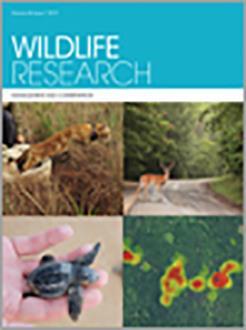Context. Human disturbance threatens many bird species worldwide. Flight-initiation distances (FIDs) offer a scientific basis for separation distances between fauna and agents of disturbance, such as people. However, most available FIDs are from single-species groups. Multi-species flocks have received scant attention with regard to their FIDs; yet, they are extremely common in nature.
Aim. To examine suitable separation distances for mixed-species shorebird flocks by comparing single-species FIDs with those of the same species in mixed-species flocks.
Method. We examined FIDs in mixed- and single-species flocks of four shorebirds (double-banded plover, Charadrius bicinctus, red-capped plover, Charadrius ruficapillus, red-necked stint, Calidris ruficollis, and curlew sandpiper, Calidris ferruginea). FIDs were collected in comparable habitat and sites with similar (i.e. highly restricted) regimes of human occurrence.
Results. FIDs of single-species flocks of these species differed in their FID to an approaching walker. Different species permutations in mixed-species flocks resulted in different FIDs. FIDs of mixed-species flocks were lower than or the same as the FIDs of single-species groups of constituent species.
Conclusions and implications. In our study system, separation distances (e.g. buffers; zones that exclude humans to reduce shorebird disturbance) based on FIDs of single species also would be efficacious for mixed-species flocks containing those species.






